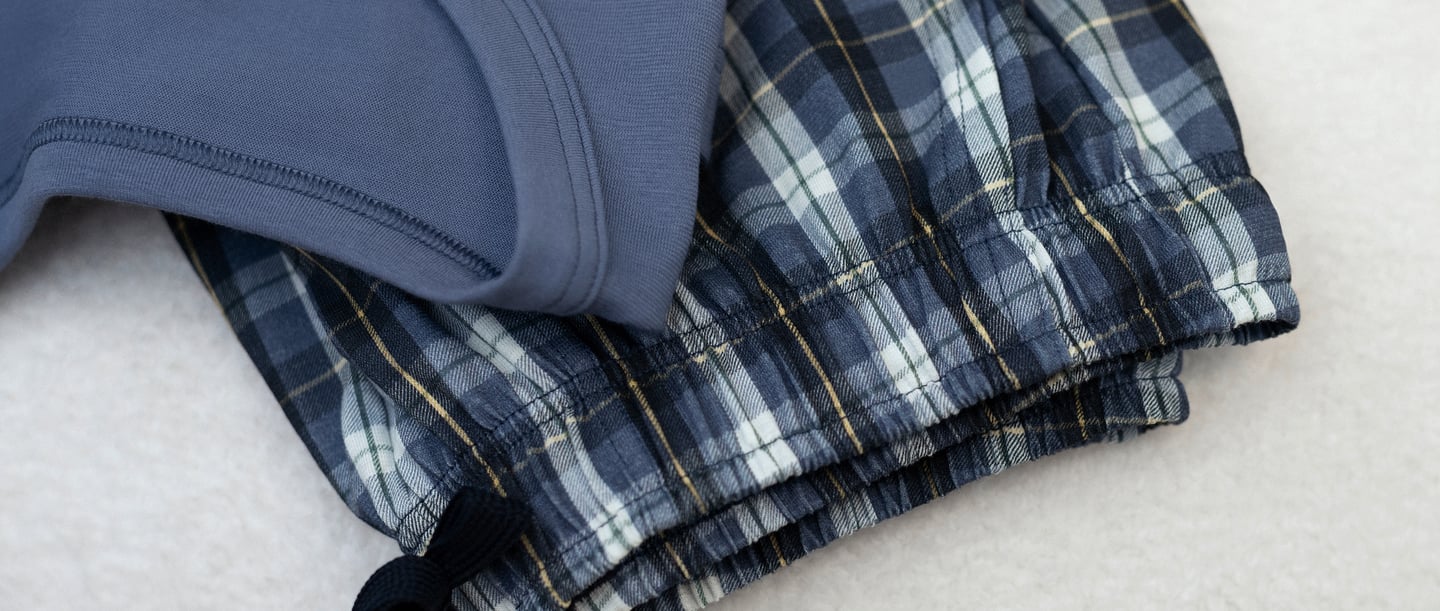Drying clothes in winter: Tips for indoors & outdoors
From the beginning of autumn, drying laundry seems to become a real challenge for many people. Especially in sub-zero temperatures, on rainy days and in high humidity, the laundry doesn’t seem to dry properly even after days. At the same time, the risk of mould forming on the interior walls increases. But drying laundry outside in winter is not an option – is it? We explain how you can dry laundry quickly in winter without causing mould.
10 January 2024 • 6 min reading time

Our advice will make drying laundry in winter effortless.
Most people use a washing line in their home to dry wet laundry. Clothes, towels and others release their moisture into the air. When you move the furniture off the walls during spring cleaning, it’s not unusual to be startled: mould! It may well come from drying the laundry. Particularly in winter, the humidity is quite high both outside and inside; in addition, ventilation and heating are incorrect. Find out how to dry laundry properly in your home in winter.
If you want to dry your laundry indoors in winter, you should pay particular attention to one thing: the humidity. While some people complain about constantly high humidity, others find it very low in winter due to the dry heating air. In this case, drying laundry in the home can even contribute to a more pleasant indoor climate by acting as a kind of natural humidifier.
High humidity is caused in the bedroom by night sweating, in the bathroom when showering or by the water vapour that rises when cooking in the kitchen. But drying laundry can also lead to excessive humidity, which encourages mould. The fact that this occurs particularly frequently in winter can be explained by irregular ventilation and heating as well as the cold, wet and foggy weather. Even regular draughts often don’t achieve the desired results.
As already mentioned, you should regularly ventilate the rooms in which you dry your laundry in particular – with the window fully open, ideally with draught. This creates an exchange of air and the water from the wet clothes can escape from the room more quickly to prevent mould.
Because rooms cool down quickly in winter, it’s advisable to air them for no longer than five minutes, but more frequently, around three to five times a day. As warm air can also absorb more moisture, you should not forget to heat the room after airing it. This dries the laundry faster and also keeps the humidity low. To save electricity, you should of course leave the heating switched off during ventilation.
The location of your clothes horse is also important when drying laundry in the home. Choose a room that is as large as possible, can be well ventilated and has little activity. The study is particular popular, as well as the bathroom which is usually less susceptible to mould due to the tiles and good ventilation and heating options. If you choose the bathroom to dry your laundry, you should take it out of the room while you are showering or bathing. Otherwise, it will take longer.
The spin cycle of your washing machine can also be relevant for drying your laundry in winter. The higher the speed, the drier will your clothes be after washing and the faster will they dry. Delicate laundry such as towels, underwear and cotton shirts can generally be spun at 1000 to 1200 revolutions.
Fine silk blouses or woollen jumpers should only be spun gently and at low speeds, if at all. To dry these delicate items of clothing more quickly, you can lay them flat between two towels and the place them on your washing line.
What many consider impossible is actually no problem under the right conditions. Find out now what you should bear in mind when drying laundry outside in winter.
The right climate is essential for drying laundry in winter. Because on rainy days or when there is extreme humidity, which can be recognised by fog, you don’t even have to try hanging laundry on the balcony or in the garden. This would take a very long time and would probably lead to bacteria forming in the damp laundry, which would make your clothes smell.
However, if it’s dry outside and possibly even sunny, drying laundry on the balcony is no problem even in winter. Due to the constant supply of air and the wind, there is even a good chance that your laundry will dry faster outside than inside.
What few people realise: You can dry your laundry outside even in sub-zero temperatures. The water in your laundry freezes and then evaporates bit by bit instead of thawing again. This process is called sublimation. It also only works in a dry climate. In addition, temperatures must be constantly below zero.
For many people, the tumble dryer is the best compromise to avoid having to dry laundry outside in winter and to prevent mould in the home. On cold, wet autumn and winter days in particular, this solution is actually a good compromise, especially as electricity and heating costs can also rise quickly when drying laundry indoors. The tumble dryer can therefore be used as an alternative, especially for items of clothing such as thick cotton hoodies, jogging bottoms or jeans that take a long time to dry.
Discover more topics from our blog that might interest you:



